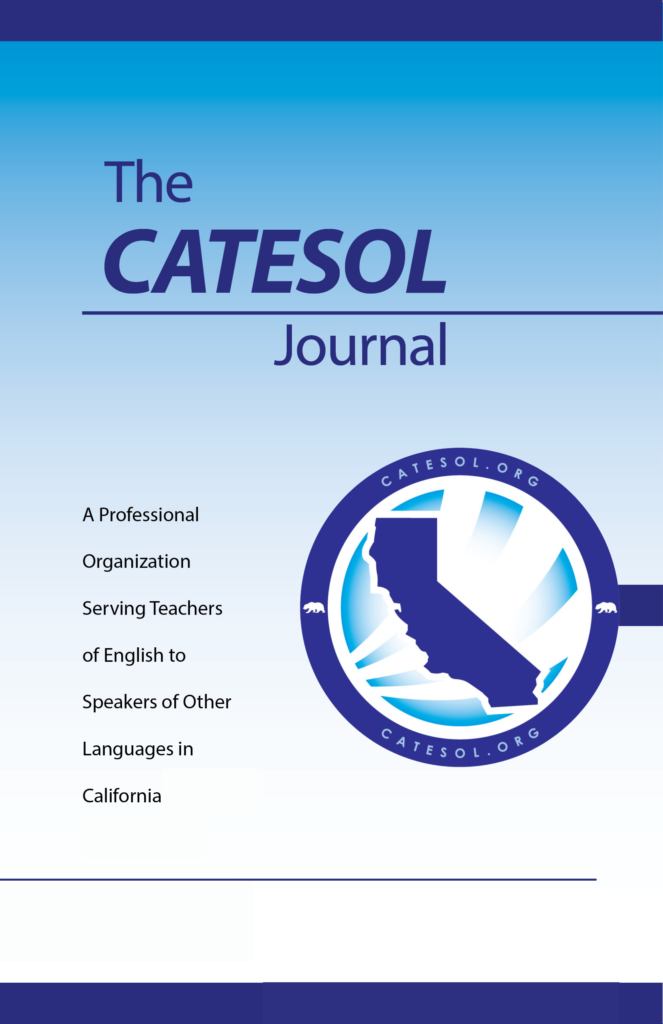Writing a Book Review
A book review includes both summary and analysis. In writing a review on a textbook, you should explain the following, using specific examples as appropriate, to describe the:
- Purpose of the text;
- Intended audience/setting/skill areas;
- Content/skills taught;
- Author’s methodology (pedagogical approach/style);
- Textual organization;
- Supporting materials (for students and instructors);
- Potential applications for other uses/settings/audiences;
- Strengths;
- Weaknesses.
When analyzing the strengths and weaknesses, please consider the following:
- How well does the text fulfill its purpose?
- What does this text do particularly well/unlike any other?
- What is the most relevant/practical/beneficial use of this text (primary vs. supplemental text, small- vs. large-group instruction vs. independent study, accuracy vs. fluency, academic vs. vocational, beginning vs. intermediate, etc.)?
- How adaptable is the text? In what way?
- How well does the text engage students?
- Are there sufficient schema-building activities, vocabulary exercises, explanations, skills activities, authentic language models, critical-thinking exercises, opportunities for extended practice, and so forth?
- Are explanations clear and comprehensible for students?
- Is the suggested time allotted for particular activities, general lessons, and so forth accurate?
- Is the overall design inviting and the pages easy to navigate?
- If part of a series, how well does this text fit with the rest of the series?
- If a new edition, in what ways have the updates improved the text?
- Is there anything inaccurate (linguistically, factually)?
- Considering the intended purpose/audience, what, if anything, is lacking?
- Has anything been poorly executed (design, methodology, content, syllabus organization, etc.)?
- What are the text’s limitations, if any, considering the author’s purpose/target audience?
It can also be helpful, but may not be necessary, to include:
- Comparisons to other texts (others in a series or others by the same author);
- Complementary texts;
- A couple of references to research to help explain the author’s purpose/approach or your analysis of the text.



